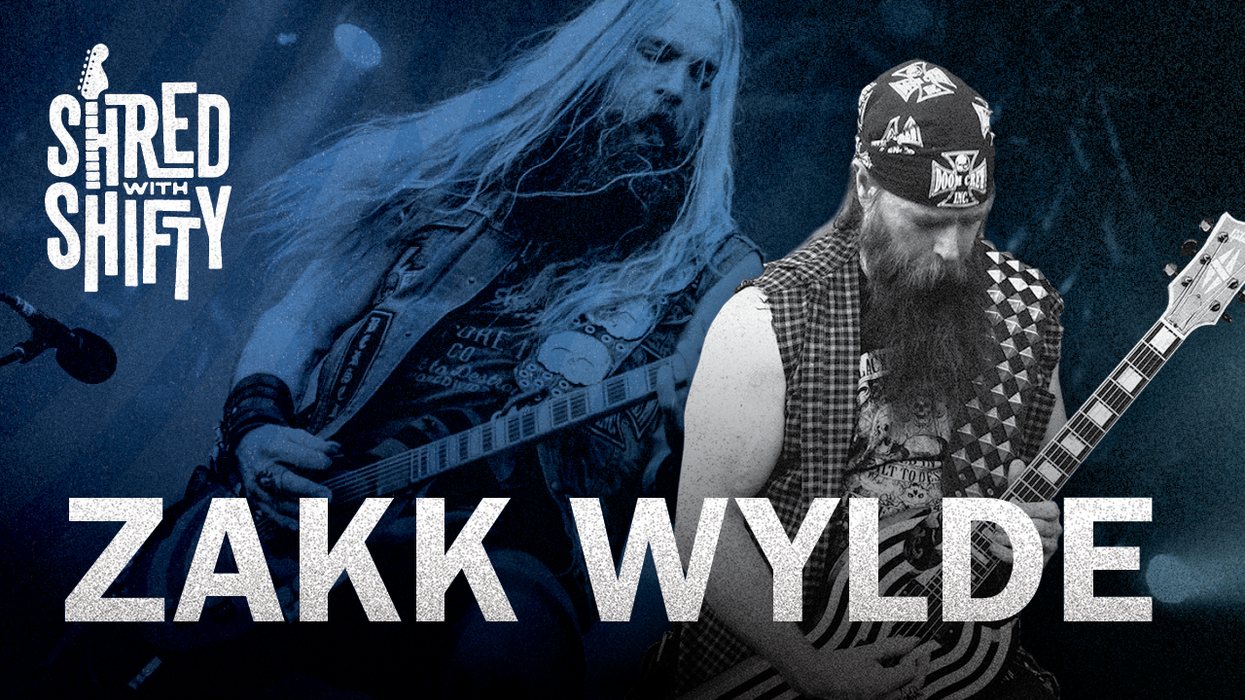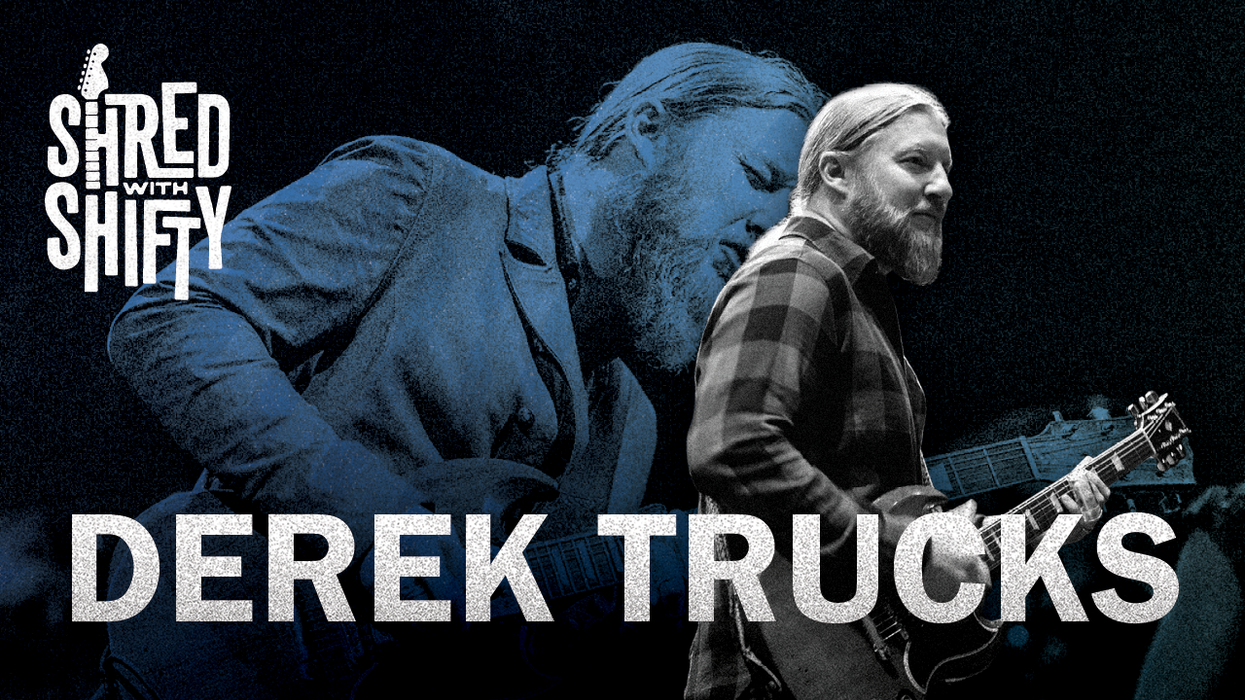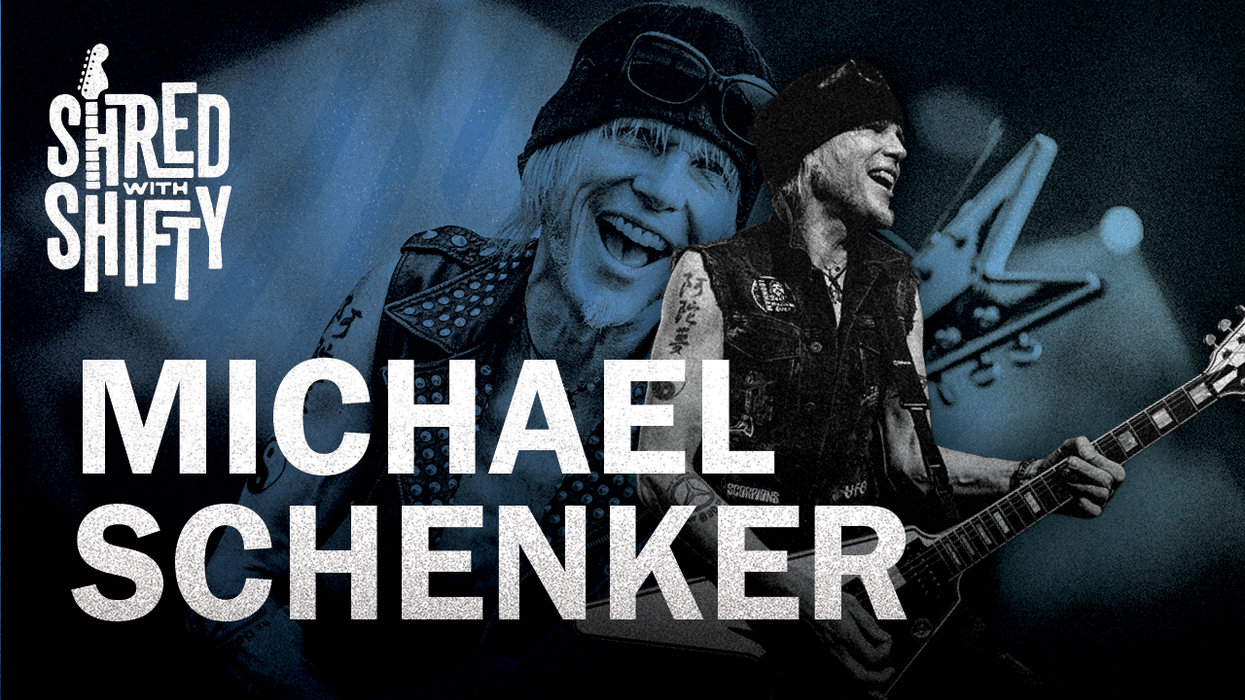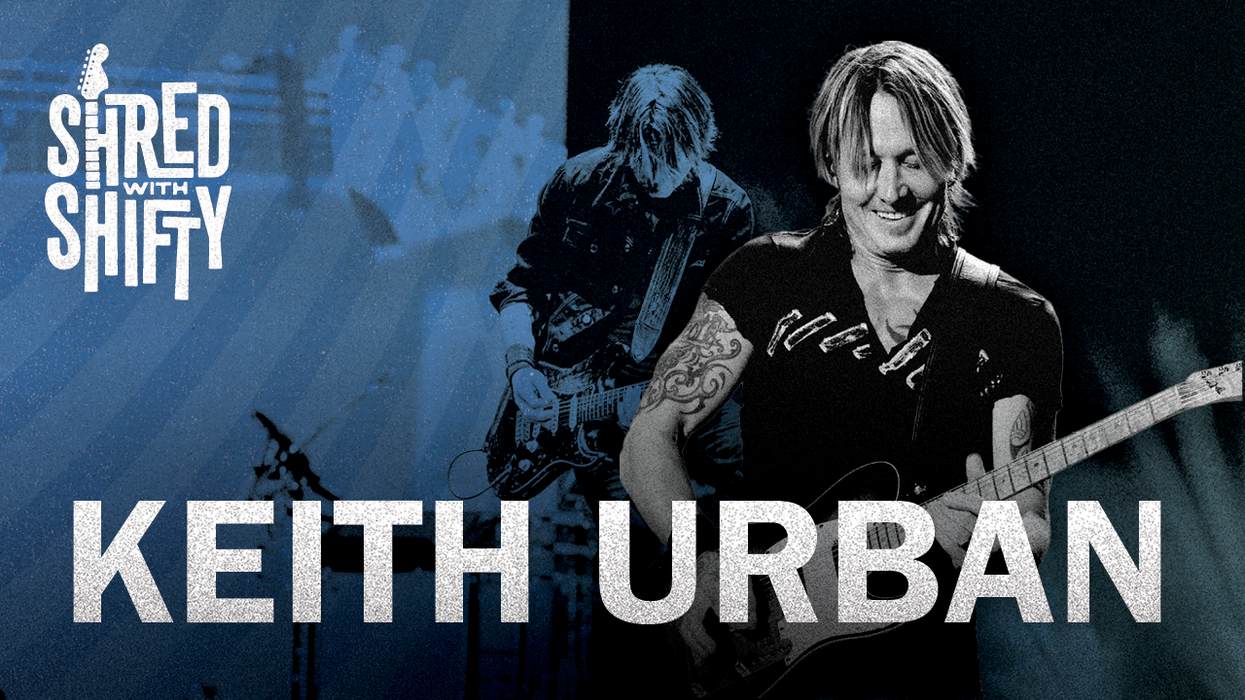"It's maybe the most important thing to me that the solos [I record] are things that I haven't done a million times," country guitarist and singer/songwriter Brad Paisley shares on this episode of Shred With Shifty. "That's getting harder and harder to do." But as Paisley walks host Chris Shiflett through his solo on "Mud on the Tires," the centerpiece of the interview, it's clear that Paisley can improvise melodies that don't necessarily need to clear that bar in order to hook and make a lasting impression on his listeners.
Brad was learning Chet Atkins-style thumbpicking in lessons from the age of 12, and while he later absorbed a rock vocabulary, Shifty comments that Brad always seems to play with a country feel. Throughout the episode, Brad frequently illustrates his points by playing riffs, in a way that shows that his connection with the instrument is a fluid one and a key part of how he expresses himself.
"Mud on the Tires" was originally recorded 20 years ago, in 2003. Brad's setup was either his '68 Paisley Tele or '52 Tele, recorded through a '63 Vox AC30 and a Dr. Z Z 28, the latter of which was run through a 15" JBL speaker. As he puts it, the AC30 fills the frequency gaps left by the Fender, making the combination a perfect sonic marriage. He says that live, he normally plays the solo on a guitar he's nicknamed "Splash," and they've had to replace the nut on it three times, due to how Paisley bends the 4th string on the space behind it at a certain point in the solo.
While rockin' his G bender, Brad has some trouble executing the solo's most elaborate middle riff during the solo breakdown, but his incredible chops pull through towards the end of the ep as he whips out the impressive lick. Shifty encourages followers to see if they can match it! That might be a tall order, but it is all part of the fun.
Credits
Producer: Jason Shadrick
Executive Producers: Brady Sadler and Jake Brennan for Double Elvis
Engineering Support by Matt Tahaney and Matt Beaudion
Video Editors: Dan Destefano and Addison Sauvan
Special thanks to Chris Peterson, Greg Nacron, and the entire Volume.com crew.
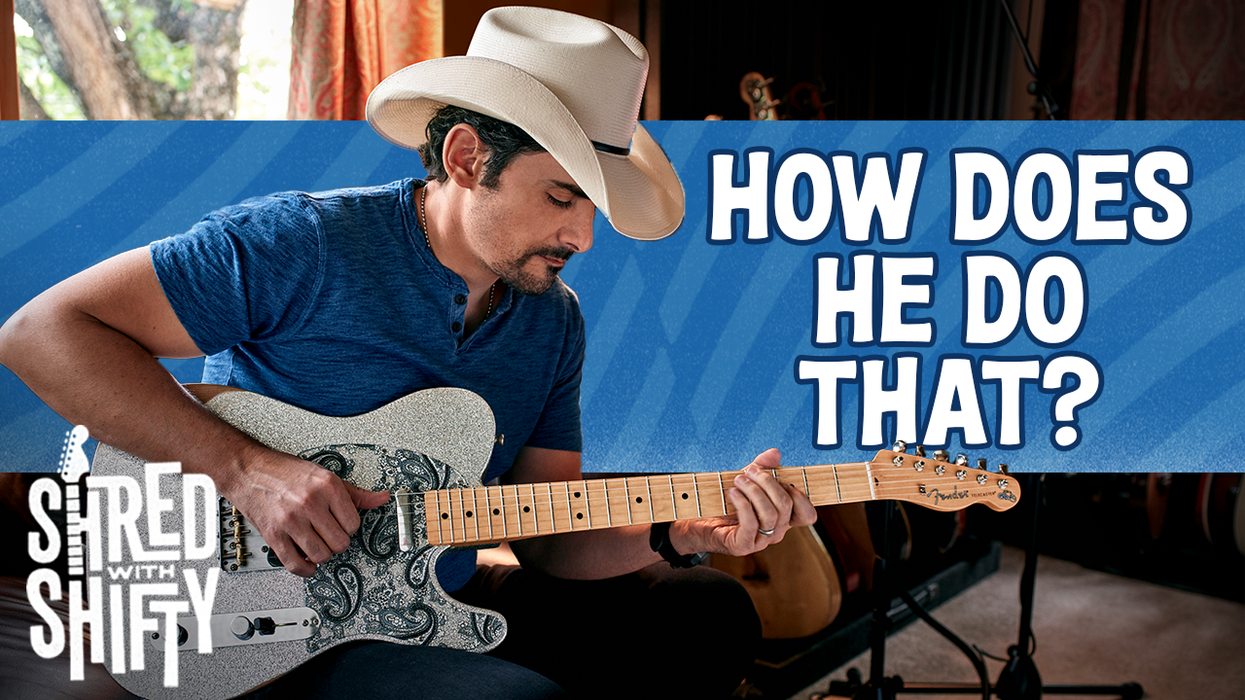

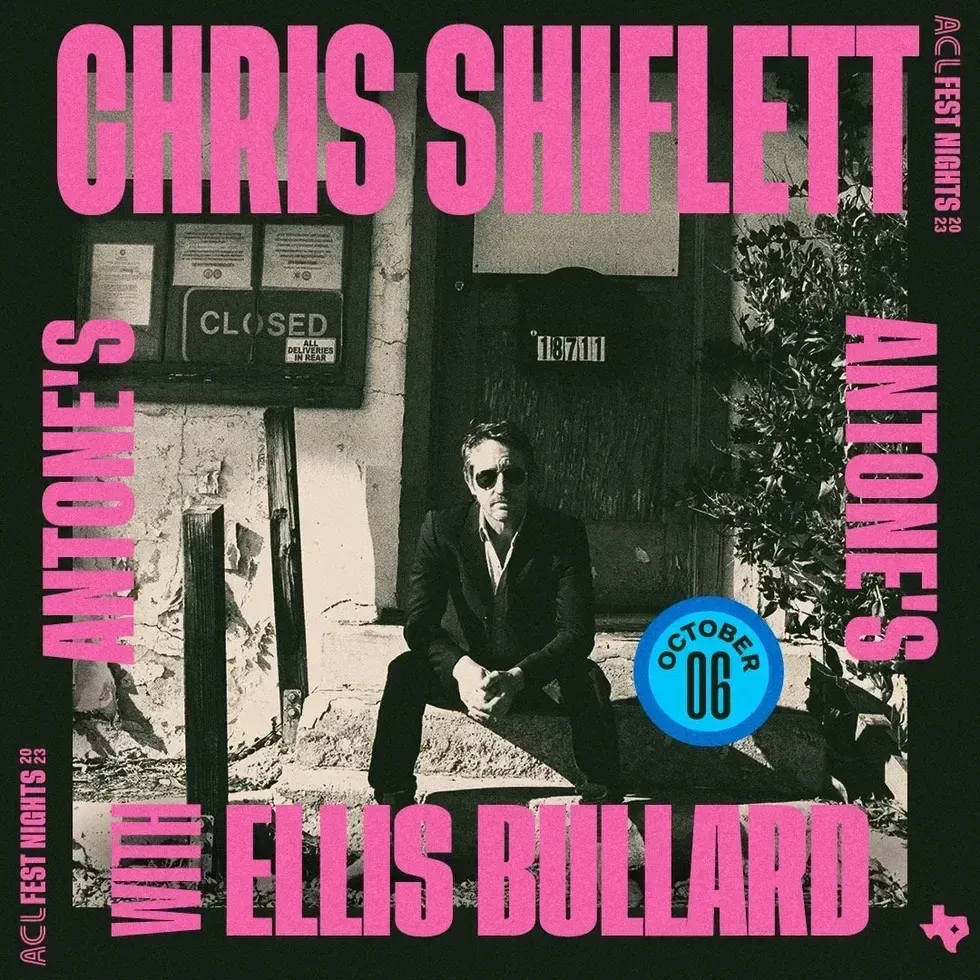
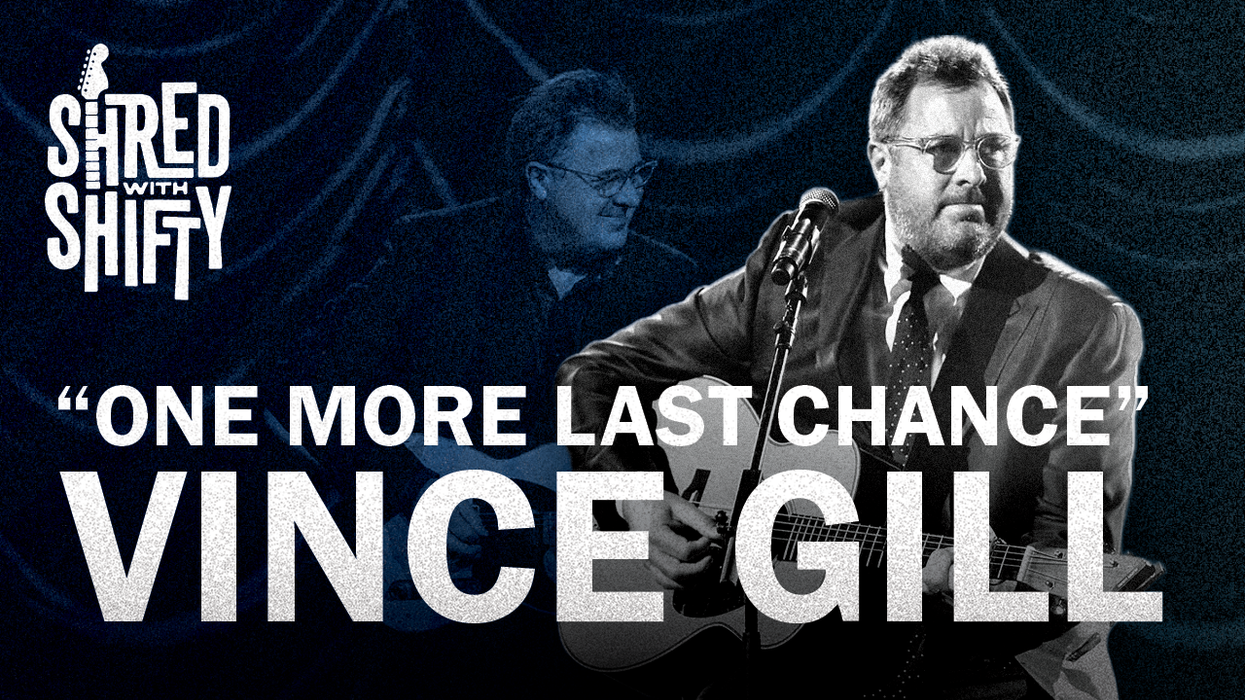
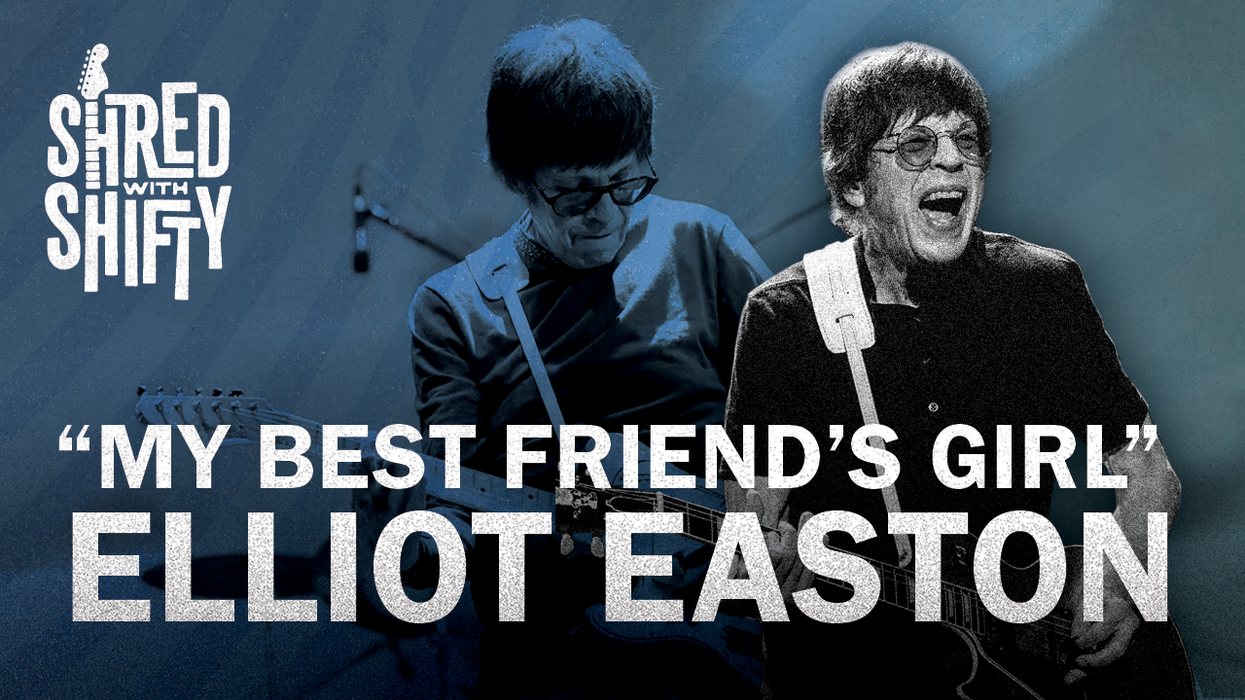
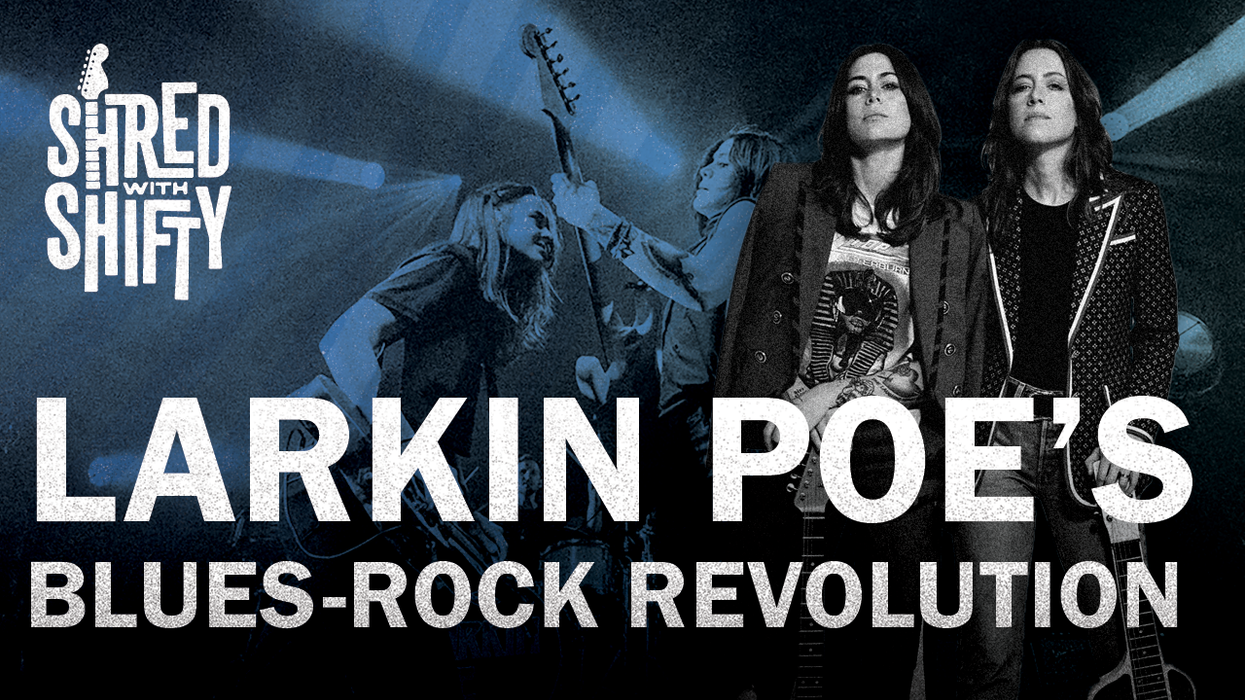
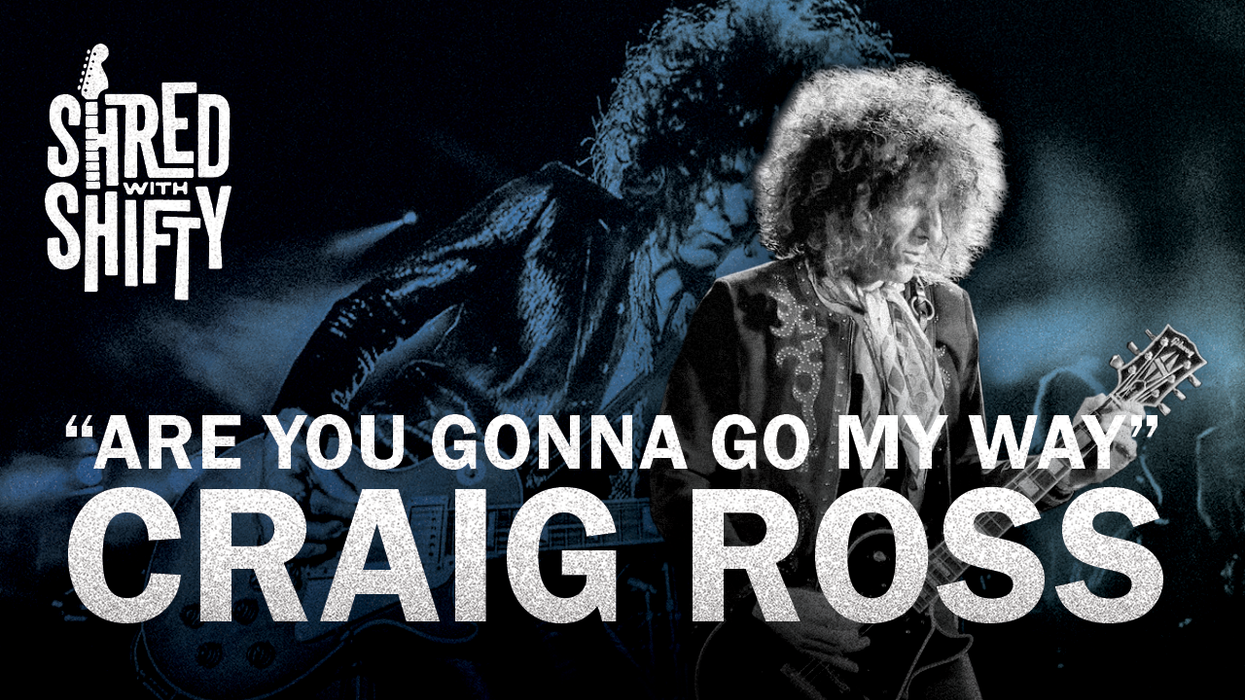
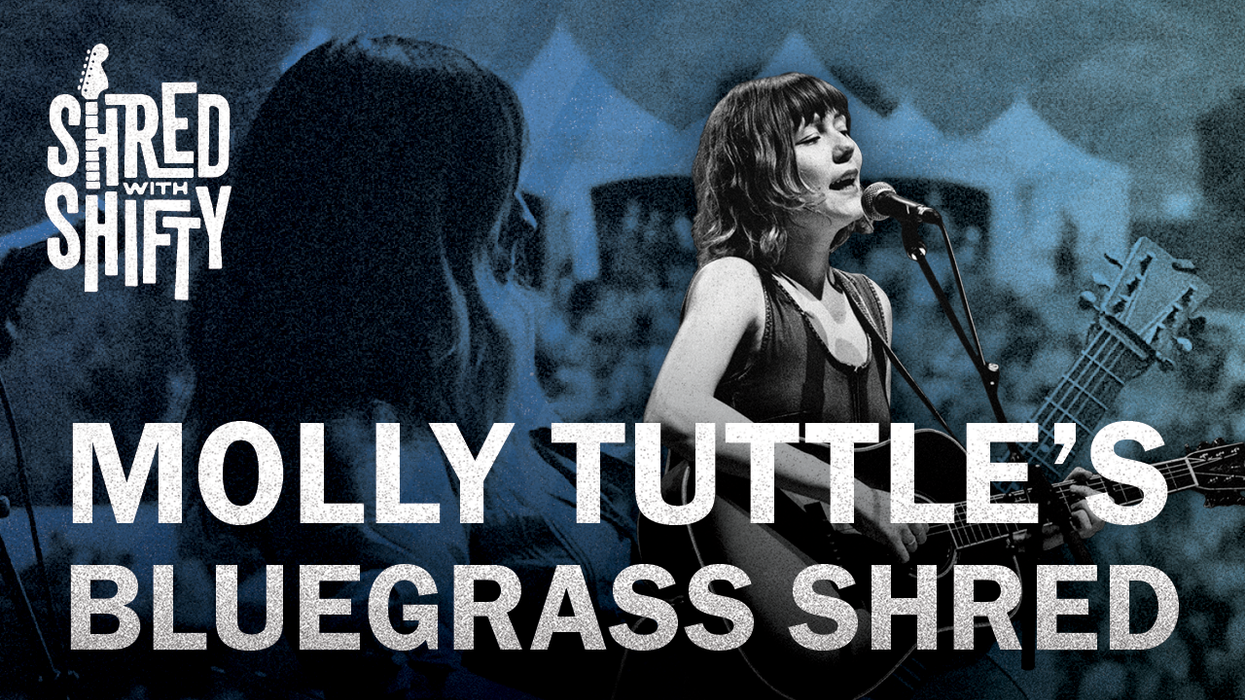
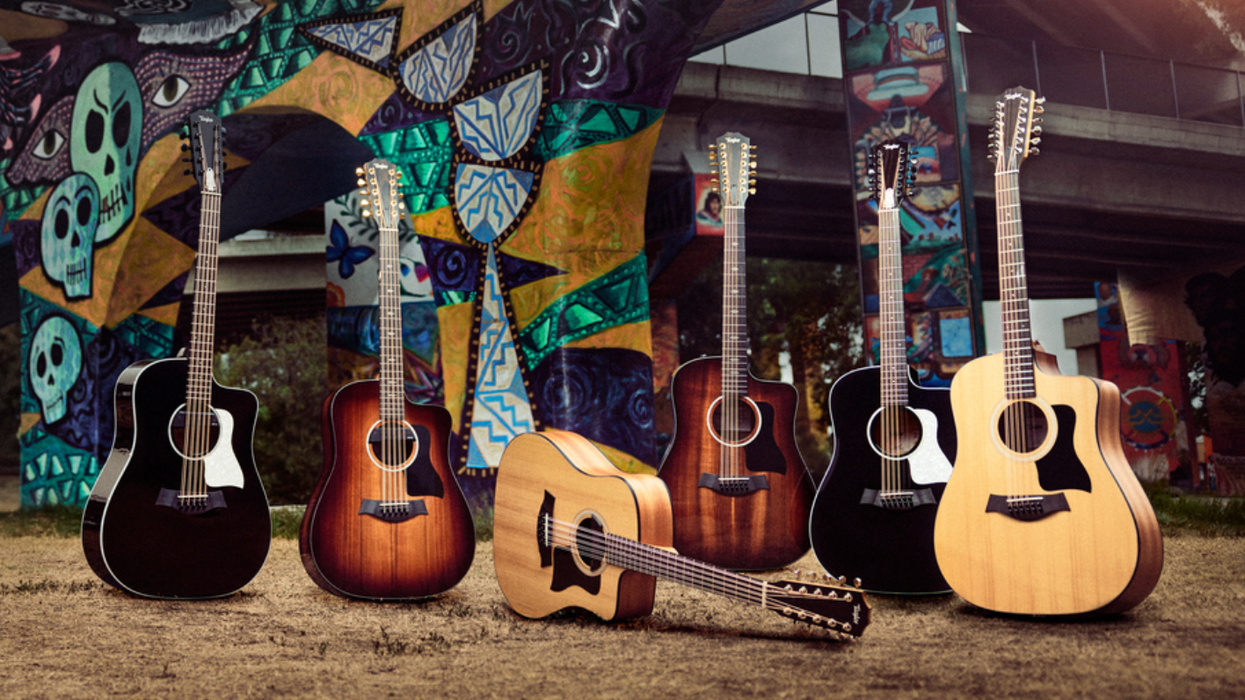

![Devon Eisenbarger [Katy Perry] Rig Rundown](https://www.premierguitar.com/media-library/youtube.jpg?id=61774583&width=1245&height=700&quality=70&coordinates=0%2C0%2C0%2C0)



